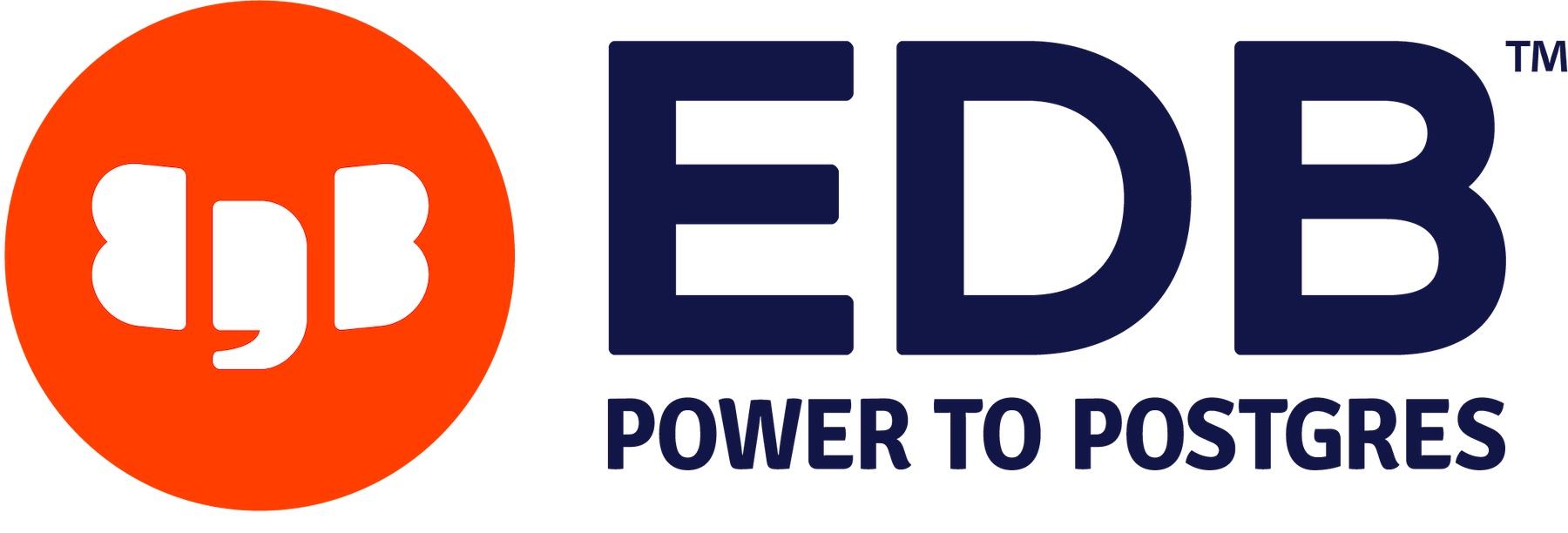If you only paid attention to IT in the last five years, you’d think Microsoft is one of the premier voices in the open source community. From owning GitHub to developing on Android and making major contributions to open source projects, the company seems to be a stalwart open source citizen. Then why do so many people still conjure up images of the “evil empire” when it comes to the company? Microsoft has had a long history of hostility to open source, going back almost to the very founding of the company. Let’s look into the history and find out why this embrace of open source feels so weird.
Transcript of Checksum Episode 6: Why Microsoft’s Embrace of Open Source Feels Weird
When thinking about the narratives around big companies, we often give the company itself a rather impressive amount of agency. We assign them roles and personalities and tend to filter news about them and coming from them through that lens.
We know this because of the exceptions, where a single person’s leadership takes on a life of its own. This often then defines the company after that person has left, informing the narrative going forward. Part of this is probably a reflection of that leadership shaping the corporate culture, with the hiring and promotion of whole teams and business units to fit into that particular leader’s vision for the company. Perhaps the most obvious example, it’s impossible to think of the narrative around Apple now without thinking of Steve Jobs, almost a decade after his death.
But more recently, the leadership of Satya Nadella has fundamentally shifted the narrative surrounding Microsoft. From an enterprise perspective, this has seen the company full-throatedly go “all in” on cloud and services as the companies future, a HUGE shift from it’s Windows and Office strategy of decades past. One consequence of this is that Microsoft is suddenly a huge contributor to the open source software community. And that’s… just weird.
When I think about Microsoft’s relationship with open source, it almost comes across like hack rom-com script. When the buttoned up Microsoft and freewheeling open source first bump into each other, it’s like oil and water. Microsoft likes proprietary code, open source says everything should be free. They can’t stand each other until they were destined to fall in love.
It’s like You’ve Got Mail, except Tom Hanks starts a smear campaign to say Meg Ryan’s book store will make books incompatible with your bookshelf, compares her to a deadly disease, tries to charge all of her customers a license fee for buying anything from her, and then they still somehow get together in the end. Microsoft IS an open source company now, and that’s just weird.
—- intro —-
Now a 45-year-old company, it’s no surprise that Microsoft carries a substantial amount of corporate image baggage. A lot of people that have been following tech and IT for a while still conjure up images of an evil empire with Bill Gates or Steve Ballmer under a shadowy cloak dictating their proprietary future of computing. But the reality is, if you were only following IT for the last five years or so, your perception of Microsoft might be completely different, to the point where the evil empire version of Microsoft seems almost quaintly laughable. Nowhere more so than in their open source involvement.
So let’s dig into the history to find out why this shift is so bizarre to so many people. This isn’t just recency bias or just a reaction against Microsoft’s dominance in the 90s. Microsoft has had this wrap since virtually its founding. Microsoft began in the wake of some big anti-trust legislation against IBM, which forced big blue to unbundle its hardware and software. This opening resulted in a bevy of software companies popping up to address this new market.
At this time, personal computers were in their infancy, with a burgeoning scene of hobbyists. While the term open source comes to popularity in the 90s, the ideas of sharing code and freely distributing software in this scene were pretty commonly shared.
In 1976, Bill Gates wrote an open letter to the hobbyist community, sending it to just about every major computer publication and club in the US. At the time, Microsoft had developed a version of BASIC for the Altair 8800. Gates expressed frustration to see so many hobbyists using it, while their royalty payments showed that less than 10% of Altair owners actually bought it. He went on to say, “As the majority of hobbyists must be aware, most of you steal our software” and that “the thing you do is theft.” Some hobbyists pointed out that this “theft” by hobbyists gave Microsoft a strong market share in the BASIC market, to the point that other computer manufacturers paid Microsoft to port their version for their machines because of its popularity…effectively saying Microsoft was directly benefitting because of this theft.
So from the start, the company was at odds with what would become formalized as the open source community. And this didn’t let up as the company grew to dominate the personal computing space in the 80s and 90s. This ascent was all based on pushing closed source proprietary code, around its tent polls of Windows and Office.
So while it was clear that Microsoft was philosophically opposed to open source, in 1998, leaked documents showed that they saw it as a strategic threat as well, and were actively working against it. These Halloween papers leaked published by open source advocate Eric Raymond, and showed that Microsoft saw free software, specifically Linux, as competitive to Windows.
These documents gave an insight into Microsoft’s trepidation over open source like never before, and gave a new insight into the companies corporate strategy. They also showed that Microsoft actively used FUD (fear uncertainty and doubt) as an explicit marketing strategy for the first time.
The Halloween papers outlined how Microsoft planned to disrupt Linux’s ascendence in the server market, which Microsoft saw as a result of the use of open protocols. The company proposed an “embrace, extend, and extinguish approach” to “de-commoditize” the protocols, by at first adopting open standards, then adding proprietary extensions to them, and eventually building new proprietary protocols from those extensions.
I wish we could say these were unusual tactics for Microsoft at the time, but then again, you don’t get the name the “Evil Empire” by playing nice.
Microsoft continued this hostility with open source under Steve Ballmer in the 2000s, and Linux specifically, with a particularly litigious bent. I guess if you can’t beat Linux in the server space, why not get a license fee out of it? The rhetoric from Microsoft gets nasty at this point, with Ballmer at one point comparing Linux GPL licensing terms to a cancer on intellectual property.
In the mid to late 2000s, Microsoft, under general counsel Brad Smith, started looking into trying to get Linux end-users in the Fortune 500 to pay license fees for using Linux, alleging that the OS infringed on over 200 Microsoft patents. The company also started serious patent negotiations with Linux distributors like Red Hat. Novell and Microsoft went so far as to enter into a deal that wouldn’t see Novell pay a license for Linux but instead would give MS a portion of Linux revenue for the privilege of not being sued.
…Which is why it’s so weird to hear that same Brad Smith say, “Microsoft was on the wrong side of history when open source exploded at the beginning of the century” just last month. It’s a frank admission that reflects Microsoft’s current reality. Having lost, or at least not been able to dominate, the server market with the Fortune 500, the company eventually saw fit to change its Windows-all-the-things strategy.
While Satya Nadella justifiably gets a lot of credit for heading this turnaround, Microsoft has been working on this for some time. As early as 2008, Bill Gates reportedly advocated that Microsoft had to make the move to embrace open source. By 2012, the company was contributing to the once shunned Samba and porting node.js and Hadoop to Windows.
Of course, Nadella’s Microsoft has hit the gas since then, becoming a prominent Linux developer for Android, shifting to a services-focused business model, becoming one of the largest open source contributors, and shipping a flipping Linux subsystem on Windows.
Microsoft has a long and mostly contentious relationship with open source. Three decades of actively working against the concept of open source goes a long way to explain why for a lot of people in IT, Microsoft still conjures up images of the evil empire, that and Internet Explorer. And while Microsoft’s embrace of open source is surely self-serving, in the end, the company has managed to largely rewrite its corporate narrative.




